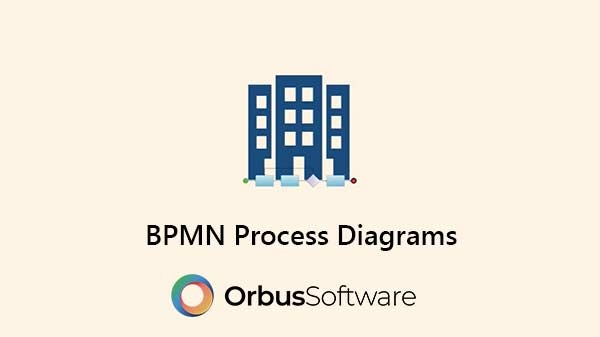BPMN defines different types of diagrams, and process diagrams represent just one of the diagram types. According to the internal structure, BPMN defines three main types of diagrams: Process diagrams, Collaboration diagrams and Choreography diagrams.
Process diagrams are most common, and are depicted as a graph of flow elements – Activities, Events, Gateways, and Sequence Flows that define finite execution semantics.
Processes can be defined at any level, from enterprise-wide Processes to Processes performed by a single person.
Low-level Processes can be grouped together to achieve a common business goal.
There are two basic types of BPMN Processes: Private Business Processes and Public Business Processes.
Private Business Processes are those internal to a specific organization. These Processes are generally called workflow or business process management processes.
There are two types of private Processes: executable and non-executable. An executable Process is a Process that has been modelled for the purpose of being partially or completely executed according to BPMN’s semantics.
While a non-executable process is a private process that has been modelled for the purpose of documenting Process behaviour at a modeller-defined level of detail.
A public Process represents the interactions between a private Business Process and another Process or Participant. A public process includes an ordered set of only those activities that are used to communicate to the other Participant.
This means that all other “internal” Activities of the private Business Process are not shown in the public Process.
A public Process is used to show the outside world of a business process - the Messages, and the order of these Messages, that are needed to interact with that Business Process.
Business Process Analysis BPMN Video